Equipment
UST Mamiya’s ProForce VTS line pushes shaft fitting further
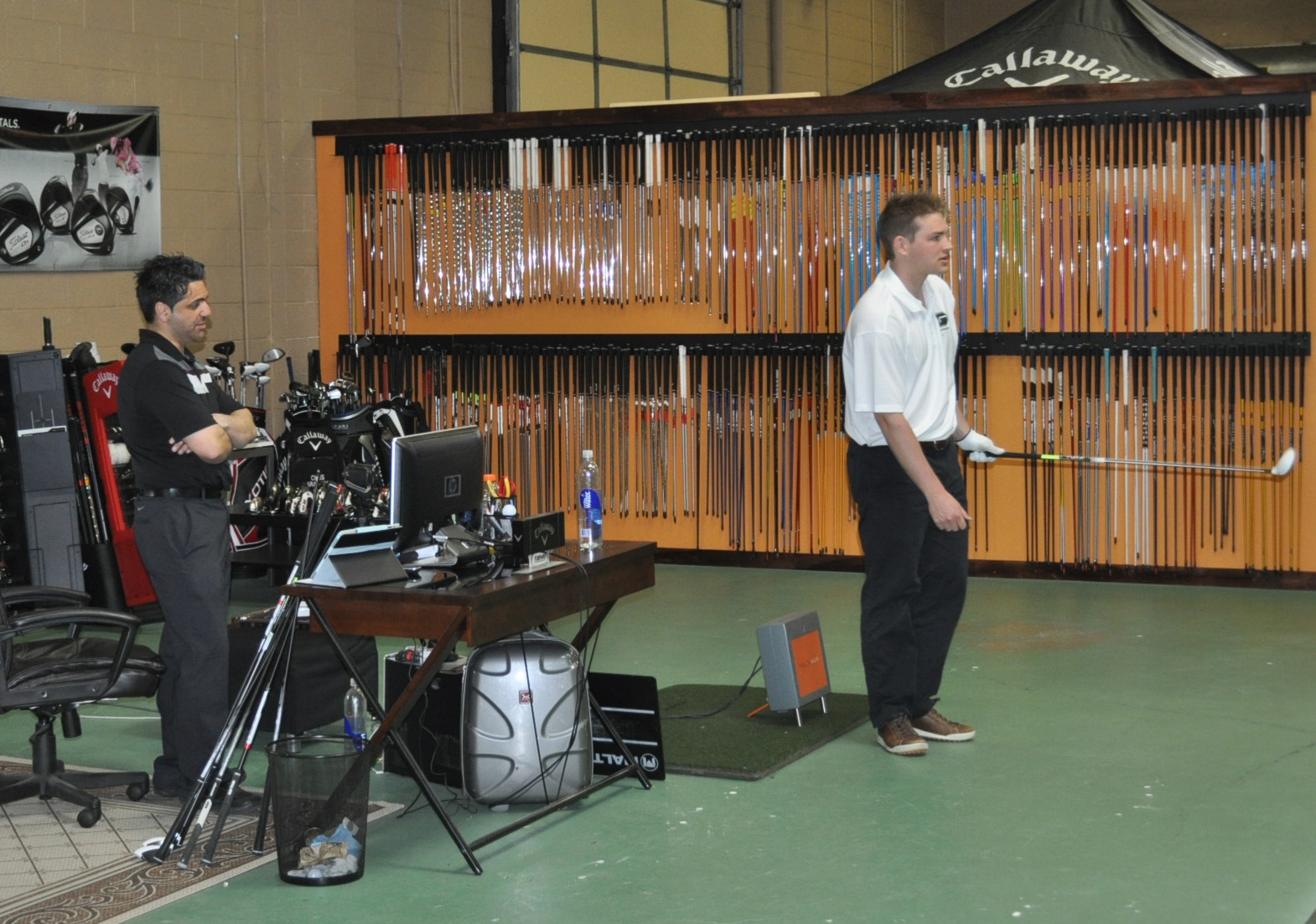
Golfers know when they have the right shafts in their clubs.
The results are clear. With the correct shafts, golfers hit the ball further, straighter and are able to swing with less effort. What has not been so clear to golfers, however, is how to find out what shaft is best for them.
Golfers can spend hours hitting different shafts with the hope of finding the one that feels right. Variables such as torque and frequency can make the process seem more like a physics course than an activity to improve one’s game. That’s why golfers who are serious about improving their games often visit a custom club builder for a fitting session.
Usually, a trip to a custom fitter will give golfers access to a wider variety of products and a launch monitor, as well as the expertise of the club fitter. But because there are so many different shafts from countless manufacturers with limitless characteristics, many golfers can leave the fitting session with uncertainty. With all the different options, how do they really know that they shaft they chose was right for them?
UST Mamiya, a golf shaft company headquartered in Fort Worth, Texas, began a long-term study in 2004 that they hoped would bring clarity to the shaft fitting process. To do this, the company recruited hundreds of golfers to see how different shafts were affecting their launch angle, spin rate, swing speed and dispersion.
In the test, golfers hit shots with shafts that isolated a specific variable. For example, one test asked golfers to hit shots with two different shafts, which were nearly identical with the exception that one that weighed 55 grams and the other weighed 80 grams. Developers repeated this type of testing with other variables, such as torque and stiffness.
According to Jamie Pipes, a product developer for UST, some of the results were contrary to what UST had been touting. For example, it was commonly accepted in the golf industry that lightweight shafts could increase clubhead speed, while heavier shafts decreased clubhead speed. What Pipes and the UST team saw in the testing, however, was that the weight of the shaft didn’t greatly affect swing speed. What was more important to swing speed was a variable that at first Pipes and his team thought was going to be a waste of time to test – torque.
Torque in a golf shaft is defined as the shaft’s resistance to twisting in the downswing. Torque is measured in degrees, which means that shafts with low torque twist less than shafts with higher amounts of torque. For years, developers at UST strove to make shafts with as low amount of torque as possible. It was a reaction to the growth of driver heads. Around 2000, the average driver head size was about 275cc. Just a few years later, many companies were producing driver heads in excess of 400cc.
In 2004, the USGA imposed a maximum limit of 460cc on the size of driver heads. While the new rule made it harder for major equipment manufacturers to innovate driver heads, it was a blessing for shaft companies. As heads grew larger every year, companies like UST struggled to engineer shafts that would match. But when the heads reached the maximum size limits, club designers began to focus more on the placement of the center of gravity of the heads, as well as the MOI.
Better placement of the center of gravity and MOI in driver heads made the heads more stable, and thus lessened the need for UST’s shafts to be as low torque as possible. Torque was one of the variables that stood out to Pipes and others on the team during UST’s long-term shaft test. Most of the comments testers made about the two different shafts during the torque testing – one with 2.5 degrees of torque, the other with 4.2 degrees of torque – were about one of the most vague terms in golf equipment: feel.
Pipes assumed that golfers with faster swing speeds were going to like shafts with low torque, while golfers with slower swing speeds would prefer high torque shafts. His reasoning was based on the physics of what happens to a shaft during the golf swing. As a golfer starts his downswing, three things happen to the shaft:
- The forces a golfer applies to the golf club as well as the forces of gravity cause the shaft to “droop” during the swing because the weight of the head is pulling down as the golfer swings to impact.
- As the golfer goes into impact, the hands slow down and the club head leads the swing, which is why on high-speed cameras the shaft appears to bend toward the ball as the golfer nears the impact position. This is why high-speed players usually opt for stiffer shafts – it limits the amount of bend.
- As the clubhead droops and the shaft flexes, the club head is also going to rotate closed. By what degree the clubhead closes is determined by the torque of the shaft.
Since launch monitors became an integral part of custom club fitting more than a decade ago, fitters have worked to find a combination of stiffness and shaft weight that matched a golfer’s swing. According to Pipes, the process of selecting the proper stiffness and weight for a golfer is fairly straightforward.
“Based on someone’s swing speed and ball speed, I can pretty much predict what stiffness they need,” Pipes said. “A guy with a swing speed in the mid 90s is probably going to be a stiff flex. A guy in the 100s or above is probably going to be an X flex.”
Weight is also a pretty easy fit, because Pipes said every golfer has a limit on how heavy or how light they can go with their shaft. If a player is using too light of a shaft, they will have a tendency to draw the ball. If he or she has too heavy of a shaft, they will tend to fade the ball. These results are obvious to a trained fitter during a fitting session.
But torque is a little trickier for a club fitter to tune, because it has to do with feel. It’s impossible for a club fitter to tell what a golfer is feeling – they can only interpret the numbers they receive from a launch monitor and the results they see from ball flight. But when the torque of a shaft is matched to a player’s swing type, Pipes has found that there is a noticeable spike in a golfer’s swing speed, as well as a more consistent spin rate.
“When [golfers] find the right shaft that fits them, they say it feels like butter,” Pipes said. “It’s like a homerun ball. It’s effortless.”
My fitting session
I had the opportunity to test UST’s line of Proforce VTS shafts in April at Pure Impact Golf Studio in Commerce Township, Mich. The owner of the facility, Chris Darakdjian, had fit me for a 3 wood two years ago when I was playing collegiate golf, so he was familiar with my swing. UST shipped him a few shafts that he believed I would most likely fit into.
I’d recently received three woods (driver, 3 wood, hybrid) with stock X-flex shafts that I was happy with, but I thought I custom fitting session could boost their performance. As with all of Darakdjian’s fittings, we started with my driver, a 460cc adjustable head with 8 degrees of loft. I warmed up with my driver, and after seeing the results, Darakdjian installed a VTS TourSPX Red 7X, which was the eventual winner.
Pipes said that during his fitting sessions, he does not like to have golfers hit more than a few shots without trying a different product. He said he doesn’t want golfers to become used to a shaft because it can distort the fitting process. Darakdjian followed the same protocol. After a handful of shots, Darakdjian had me try a Proforce VTS TourSPX Silver 7X, and then a VTS TourSPX Black 7X. (We also tried different weights and flexes, but I had the best results with 7X in my driver, 8X in my three wood and 8X in my hybrid). UST’s shaft fitting system uses colors to distinguish differences in torque. Red has the most torque, silver has a medium amount of torque and black has the lowest torque.
With my driver, I’ve always had a tendency to leave my shots out to the right. It’s because of a swing fault that I’ve always battled. On my downswing, I often get the clubhead outside my hands at the halfway down position. From there, I have to work extremely hard to get club back on plane, or I hit a block to the right. In competition, I usually settled with aiming down the left rough line, and trying to hit a block into the fairway.
The shaft I was using in my driver prior to the test weighed 76 grams and had 2.8 degrees of torque. On Darakdjian’s Trackman, I was averaging 111.2 mph swing speed with an 11.8 yard miss to the right. With the VTX Red 7X shaft, which was 75.9 grams and had 4.2 degrees of torque, my average swing speed jumped to 113.2 mph with an average dispersion of 0.7 yards to the right. My ball speed also increased – from 167.4 mph to 169.8 mph, my spin rate dropped from 2777 rpm to 2448 rpm and my launch angle increased from 7.9 degrees to 12.2 degrees (Darakdjian increased the loft on my adjustable driver from 8 degrees to 9 degrees to help raise my launch angle). What do all these numbers mean? I went from hitting my driver an average of 295.1 yards to 313.8 yards. But was more important to me was how much straighter I was hitting my driver.
Darakdjian noticed the difference in my swing immediately. Although my launch angle and spin rate improved with the silver and black versions of the VTS TourSPX shafts, my dispersion was not as consistent. The shafts also felt less smooth in my downswing, and Darakdjian noticed that with the lower torque models, the effort I was expending in my swing appeared to increase. I saw similar results in my 3 wood and hybrid – better launch, better spin rates and more distance. And most importantly, a better feel that led to tighter dispersions.
On the course
To Pipes, fitting golfers with the right shaft is a process, not something that is set in stone after one fitting. Adjustable driver heads have made that process much easier on club fitters, giving them the ability to quickly switch out shafts and alter the head’s launch conditions through moveable weights. But there are still many variables a club fitter can’t control, particularly the way a golfer’s swing changes over time or in competition.
When I was competing in collegiate golf, I always wondered if the swing changes I was making with my instructor were affecting the performance of my custom fit clubs. But most times, it was not reasonable for me to check in with my club fitter every time I made a change in my swing. Often there isn’t enough time, and many golfers lack the resources necessary to keep upgrading their equipment. Luckily, Pipes said that despite what many golfer’s believe about their swings, a golfer’s tendencies and swing characteristics are often more consistent than they believe.
Over the last month, I’ve had a chance to play multiple rounds with my new VTS TourSPX Red shafts. At first, the majority of my misses went to the left. I was not used to playing with shafts with such a high amount of torque. But on my good shots, the improvement was undeniable – especially into the wind, where the higher launch angle and reduced spin rate produced drives that were more than 30 yards longer than I was accustomed to. And the more I’ve played with my VTS TourSPX Red shafts, the straighter I’ve hit it.
According to UST Mamiya, 50 percent of its tour players are using Proforce VTS Black shafts (the lowest torque model) – 33 percent of players are using VTS Silver shafts (mid-torque) and 17 percent are using VTS Red shafts (high torque). That puts me in the minority of high-speed players that are using high-torque shafts, along with Webb Simpson, who uses a UST Avixcore 69X Red shaft in his driver and VTS Red 8TX shafts in his three wood and five wood.

The TourSPX versions of UST Mamiya’s shafts are made with tighter tolerances than “stock” UST Mamiya shafts. They are available through select UST Mamiya TourSPX dealers, such as Pure Impact Golf Studio.
But I shouldn’t need to know that Webb Simpson or any other tour pro is using a similar shaft as me. The shafts Darakdjian fit for me worked on the launch monitor, and luckily they’ve proved their worth on the course as well. Experienced fitters like Darakdjian charge about $100 for a driver fitting, and $250 for a full-set fitting – substantially less than what it would cost a golfer to buy a new driver or a new set of clubs. Many times, fitters will put some of these charges toward the purchase of a new shaft. And Darakdijian currently offers discounts for GolfWRX members who visit his studio.
A new golf club can give a golfer an immediate sense of confidence, but if its shaft specifications are the same as the previous club a player has struggled with, the old results are sure to follow. Whether you swing like Webb Simpson or Homer Simpson, if you’re a serious player with a reasonable amount of swing speed and consistency, there’s a shaft available that will help you improve your game. And the right shaft will likely cost much less than a new club, and bring much more enjoyment to your game. I know it did for me.
Click here for more discussion in the “Clubmaking” forum.
- LIKE5
- LEGIT1
- WOW0
- LOL1
- IDHT0
- FLOP0
- OB0
- SHANK0
Whats in the Bag
Kevin Tway WITB 2024 (May)
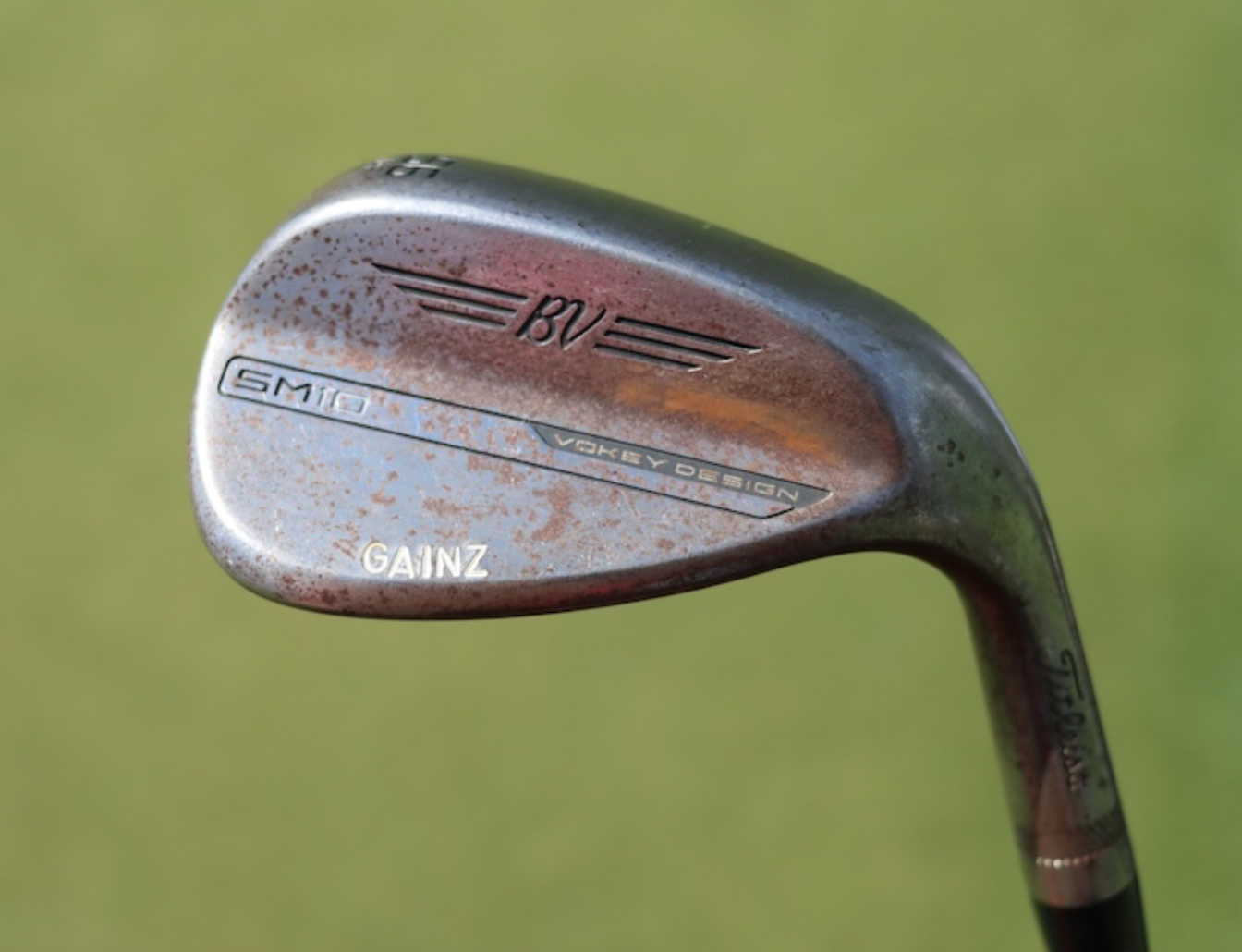
- Kevin Tway what’s in the bag accurate as of the Wells Fargo Championship. More photos from the event here.
Driver: Ping G430 LST (10.5 degrees)
Shaft: Fujikura Ventus Black 6 X
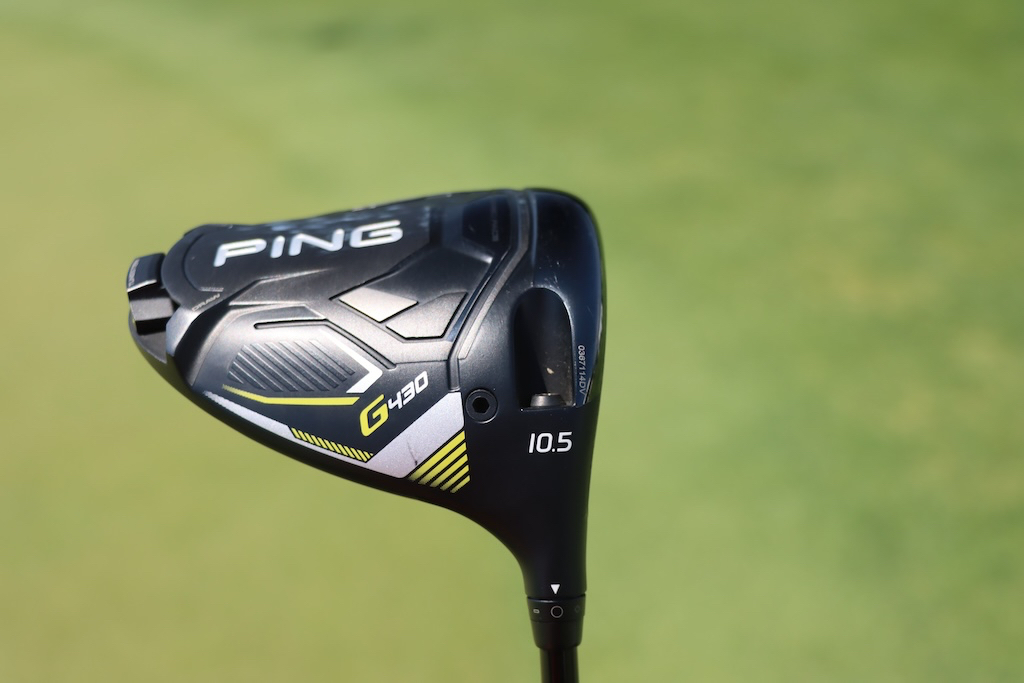
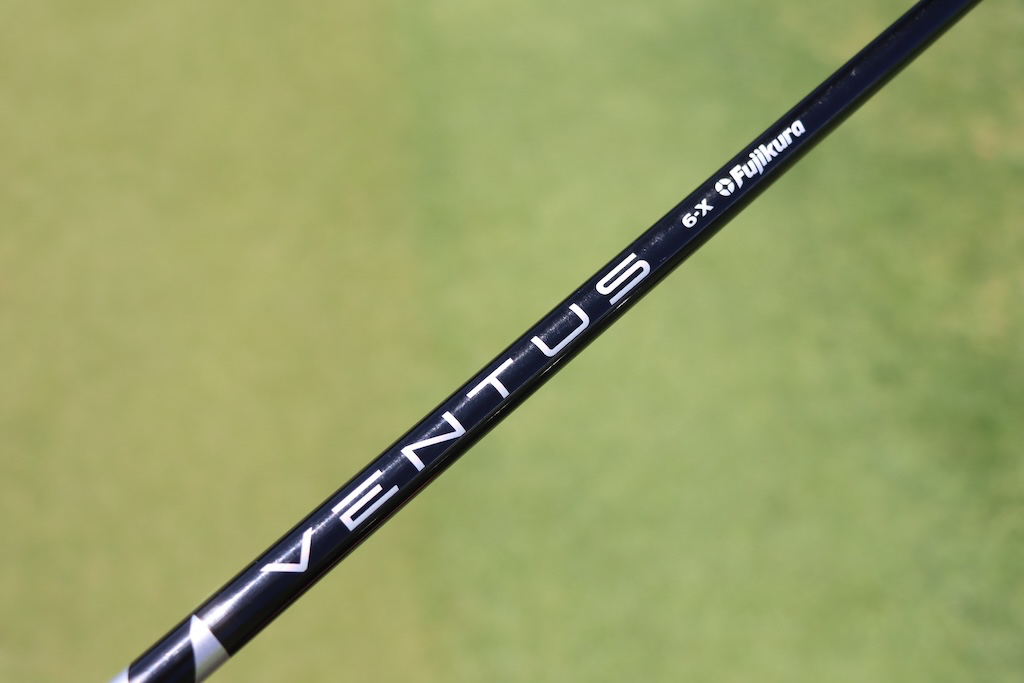
3-wood: TaylorMade Stealth 2 (15 degrees)
Shaft: Mitsubishi Diamana D+ 80 TX
5-wood: TaylorMade Stealth 2 (18 degrees)
Shaft: Mitsubishi Diamana D+ 90 TX
Irons: Wilson Staff Utility (2), Titleist T100 (4-9)
Shafts: Mitsubishi MMT 100 TX (2), True Temper Dynamic Gold Tour Issue X100 (4-9)
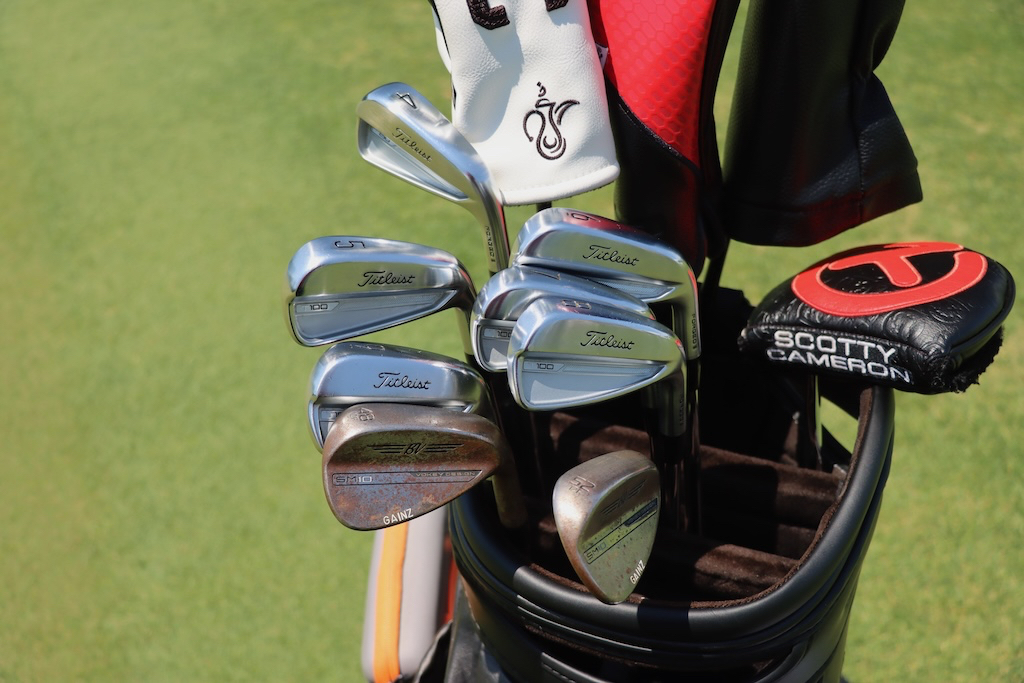
Wedges: Titleist Vokey Design SM10 (48-10F @47, 52-12F @51, 56-14F), SM7 (60-10S)
Shafts: True Temper Dynamic Gold Tour Issue X100 (48-56), True Temper Dynamic Gold Tour Issue S400 (60)
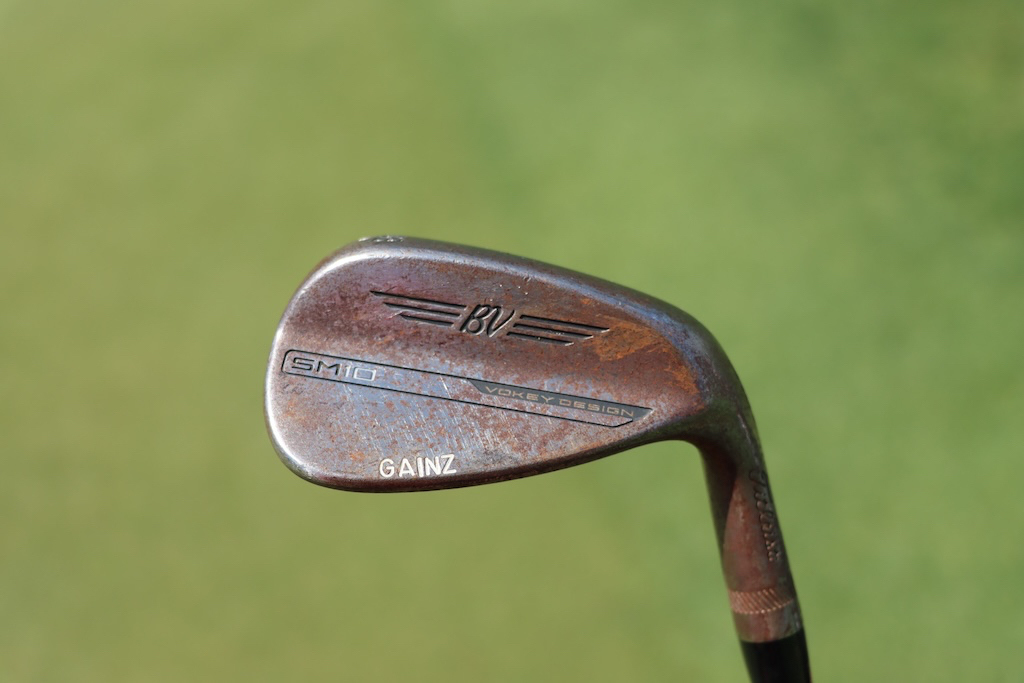
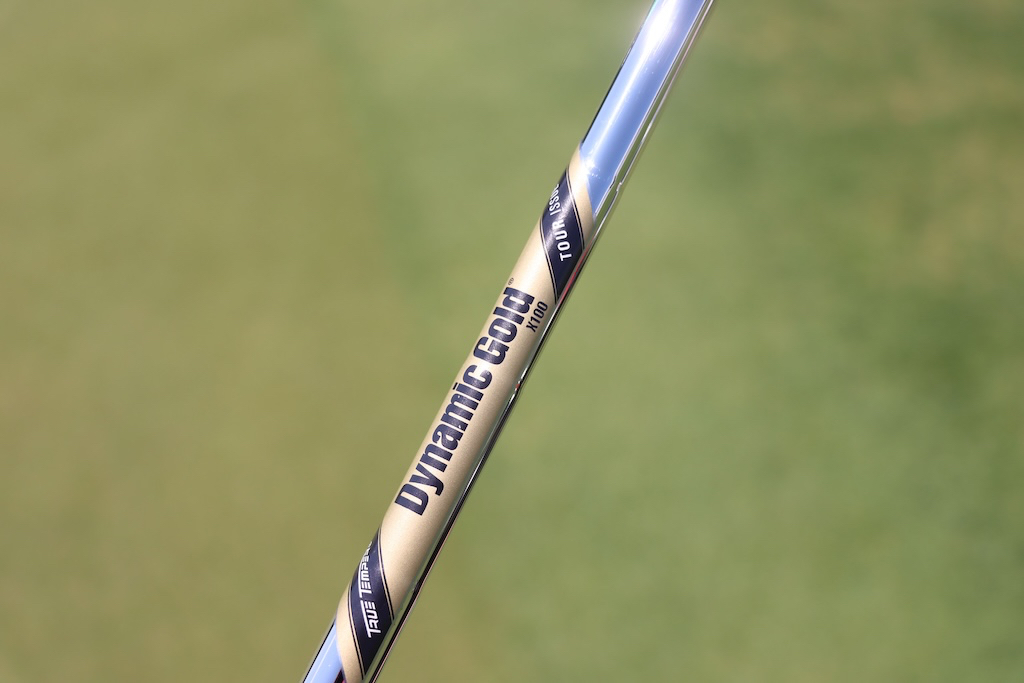
Putter: Scotty Cameron T-5 Proto
Grip: Scotty Cameron Black Baby T
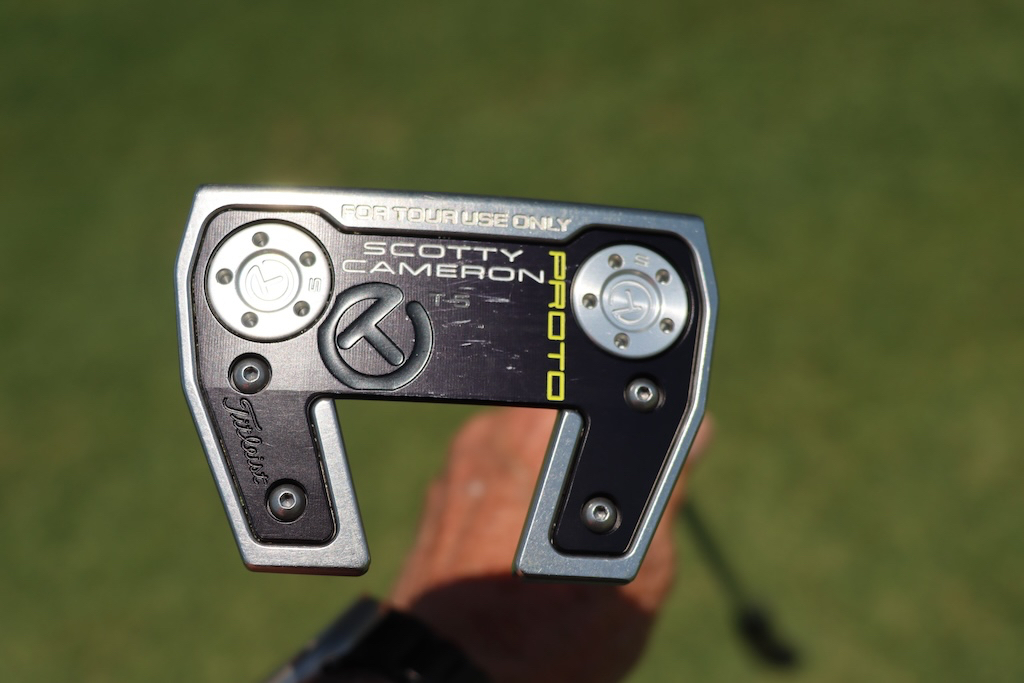
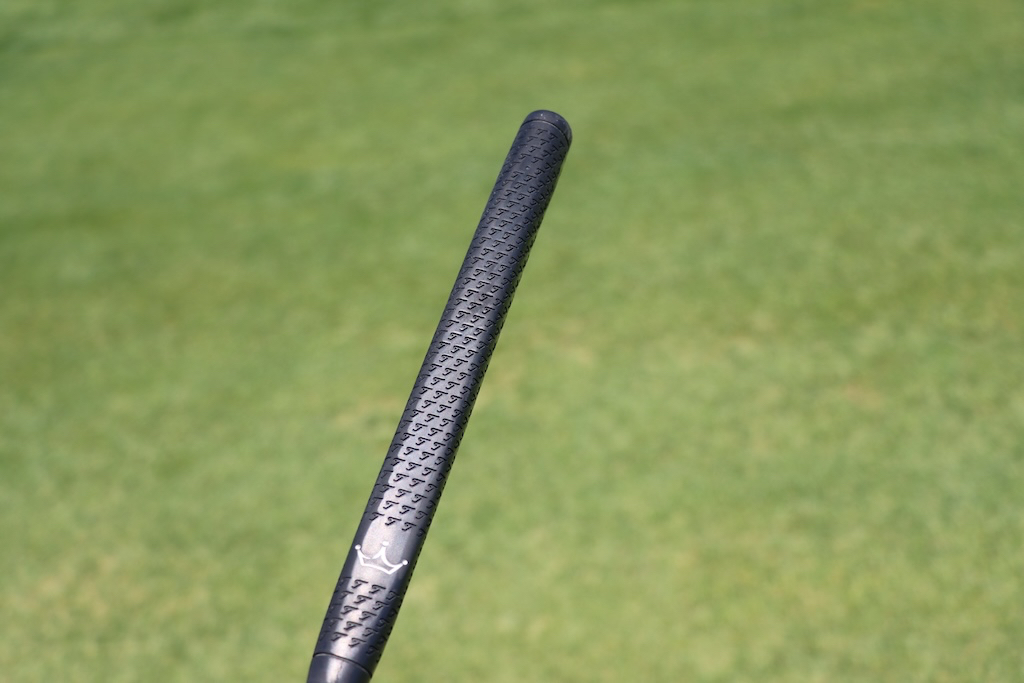
Grips: Golf Pride Tour Velvet Plus4
More photos of Kevin Tway’s WITB in the forums.
- LIKE0
- LEGIT0
- WOW0
- LOL0
- IDHT0
- FLOP0
- OB0
- SHANK0
Equipment
Did Rory McIlroy inspire Shane Lowry’s putter switch?
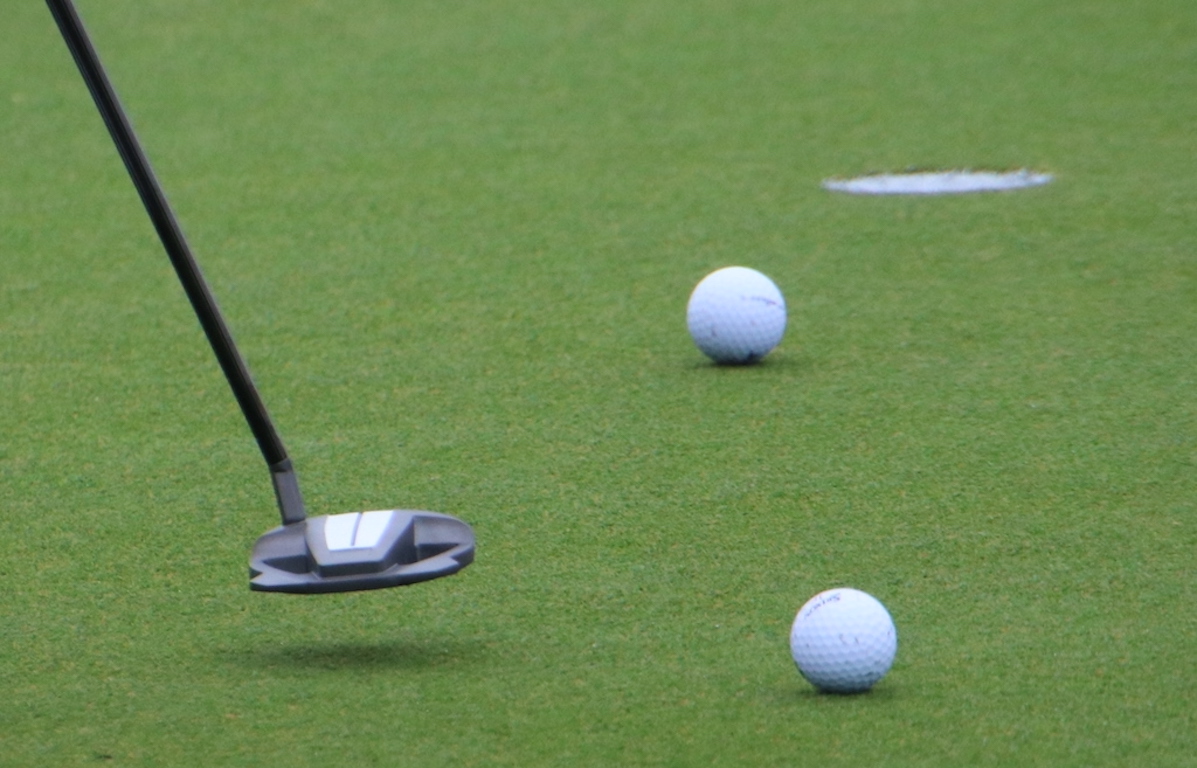
Editor’s note: This is an excerpt from a piece our Andrew Tursky originally wrote for PGATour.com’s Equipment Report. Head over there for the full article.
The timing of Lowry’s putter changeup was curious: Was he just using a Spider putter because he was paired with McIlroy, who’s been using a Spider Tour X head throughout 2024? Was Lowry just being festive because it’s the Zurich Classic, and he wanted to match his teammate? Did McIlroy let Lowry try his putter, and he liked it so much he actually switched into it?
Well, as it turns out, McIlroy’s only influence was inspiring Lowry to make more putts.
When asked if McIlroy had an influence on the putter switch, Lowry had this to say: “No, it’s actually a different putter than what he uses. Maybe there was more pressure there because I needed to hole some more putts if we wanted to win,” he said with a laugh.
To Lowry’s point, McIlroy plays the Tour X model, whereas Lowry switched into the Tour Z model, which has a sleeker shape in comparison, and the two sole weights of the club are more towards the face.
Lowry’s Spider Tour Z has a white True Path Alignment channel on the crown of his putter, which is reminiscent of Lowry’s former 2-ball designs, thus helping to provide a comfort factor despite the departure from his norm. Instead of a double-bend hosel, which Lowry used in his 2-ball putters, his new Spider Tour Z is designed with a short slant neck.
“I’ve been struggling on the greens, and I just needed something with a fresh look,” Lowry told GolfWRX.com on Wednesday at the 2024 Wells Fargo Championship. “It has a different neck on it, as well, so it moves a bit differently, but it’s similar. It has a white line on the back of it [like my 2-ball], and it’s a mallet style. So it’s not too drastic of a change.
“I just picked it up on the putting green and I liked the look of it, so I was like, ‘Let’s give it a go.’”
Read the rest of the piece over at PGATour.com.
- LIKE0
- LEGIT0
- WOW0
- LOL0
- IDHT0
- FLOP0
- OB0
- SHANK0
Equipment
Webb Simpson equipment Q&A: Titleist’s new 2-wood, 680 blade irons, and switching to a broomstick Jailbird
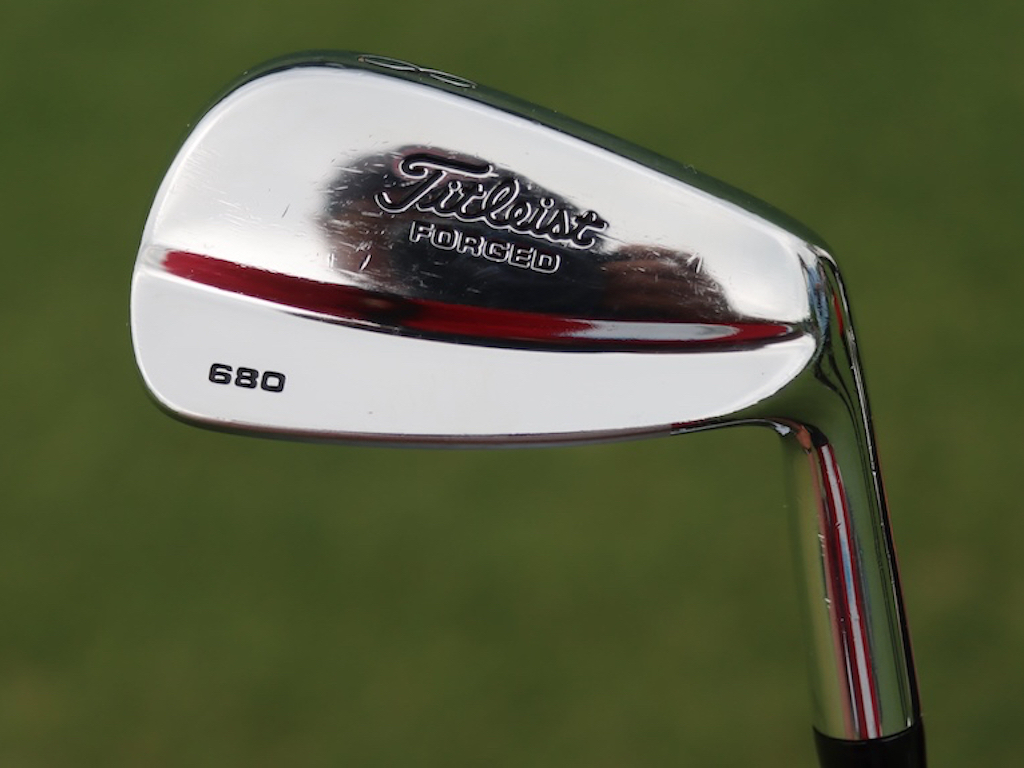
With seven career wins on the PGA Tour, including a U.S. Open victory, Webb Simpson is a certified veteran on the course. But he’s also a certified veteran in the equipment world, too. He’s a gearhead who truly knows his stuff, and he’s even worked closely with Titleist on making his own custom 682.WS irons.
On Wednesday at the 2024 Wells Fargo Championship, I caught up with Simpson to hear about his experience with Titleist’s new prototype 2-wood, how Titleist’s 680 Forged irons from 2003 ended up back in his bag, and why he’s switching into an Odyssey Ai-One Jailbird Cruiser broomstick putter this week for the first time.
Click here to read our full story about Simpson’s putter switch on PGATOUR.com’s Equipment Report, or continue reading below for my full Q&A with Simpson at Quail Hollow Club on Wednesday.
See Webb Simpson’s full WITB from the 2024 Wells Fargo Championship here
GolfWRX: It seems like you’ve been a little all over the place with your irons in the past six months or so, and now going back to the 680’s. Is that just a comfort thing? What’s been going on with the irons?
Webb Simpson: Titleist has been so great at working with me, and R&D, on trying to get an iron that kind of modernizes the 680. And so the 682.WS took the T100 grooves, but kinda took the look and the bulk and the build of the 680’s into one club. They’re beautiful, and awesome looking. I just never hit them that well for a consistent period of time. It was probably me, but then I went to T100’s and loved them. I loved the spin, the trajectory, the yardage, but again, I never went on good runs. Going through the ground, I couldn’t feel the club as well as with the blade. So last week, I’m like, ‘Alright. I’m gonna go back more for…comfort, and see if I can get on a nice little run of ball striking.’
So that’s why I went back.
View this post on Instagram
OK, that makes sense. I know you had done some 2-wood testing recently. Is that in the bag right now?
It’s like day-by-day. I used it at Hilton Head every day. Valero, I used it one round. And this week, me and my caddie will do the book every morning, and if it’s a day where we think we need it, we’ll just put it in and take the 3-wood out. I love it because it’s a super simple swap. Like, it doesn’t really change much.
Yeah, can you tell me about that club? I mean, we don’t really know anything about it yet. You know? I haven’t hit it or anything, obviously.
It has grooves like a 3-wood. Spin is perfect. And it’s honestly, like, everything is in the middle of a 3-wood and driver number. Trajectory, spin, carry, all of it. So, a Hilton Head golf course is almost too easy to talk about because, you know, there, so many holes are driver 3-wood.
Valero, our thinking was we had two par-5’s into the wind, and we knew that it would take two great shots to get there in two. So instead of hitting driver-driver, we just put it in. And I used it on those holes.
Hilton was a little easier because it was off-the-tee kind of questions. But Colonial will be a golf course where, you know, there’s a lot of driver or 3-woods. It’s kind of like a backup putter or driver for me now. I’ll bring it to every tournament.
So it’s, like, in your locker right now, probably?
Well, it would be. It’s in my house [because Webb lives near by Quail Hollow Club, and is a member at the course.] It’s in the garage.
Oh, yeah, that’s right. Do you know what holes you might use it out here if it goes in play?
Potentially 15, depending on the wind. Second shot on 10. Could be 14 off the tee. The chances here are pretty low (that he’ll use the 2-wood). But, like, Greensboro would be an awesome club all day. I’m trying to think of any other golf courses.
There’s plenty that it’ll be a nice weapon to have.
It’s interesting, the wave of 2-woods and mini drivers. Like, it’s just really taken off on Tour, and all the companies have seemed to embrace it.
Yeah. The thing I had to learn, it took me, like, at least a week to learn about it is you gotta tee it up lower than you think. I kept teeing it up too high. You need it low, like barely higher than a 3-wood. And that was where I got optimal spin and carry. If you tee it up too high, you just don’t get as much spin and lose distance, I don’t know if that’s just a mini driver thing.
And you obviously have a Jailbird putter this week. What spurred that on?
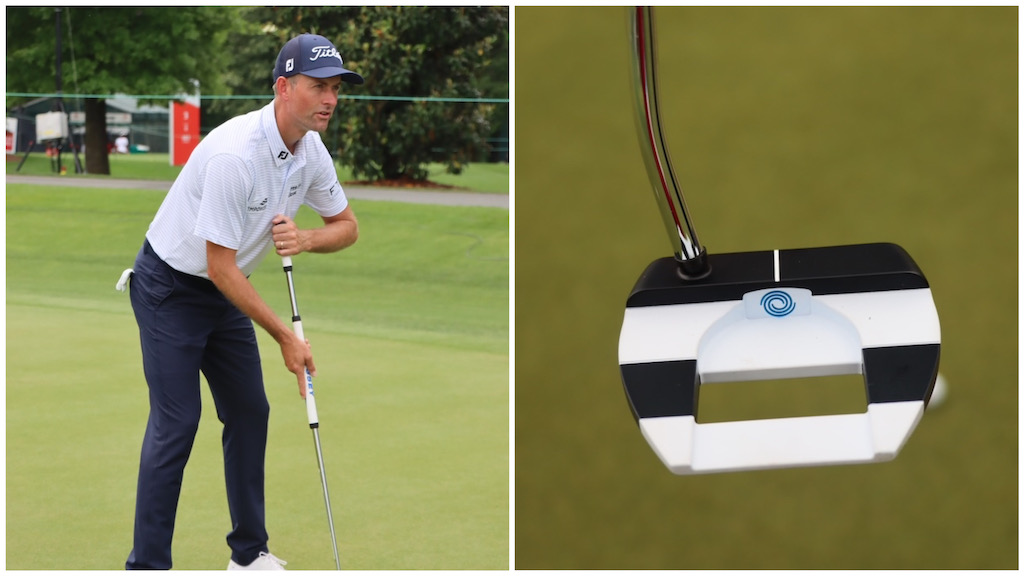
Inconsistent putting. I’m stubborn in a lot of ways when it comes to my equipment, but I have to be open minded – I just hadn’t putted consistently well in a while. And I’m like, ‘Man, I feel my ball-striking coming along. Like I feel better; for real, better.’
If I can just get something in my hands that I’m consistent with. Being on Tour, you see it every year, guys get on little runs. I can put together four to five tournaments where I’m all the sudden back in the majors, or in the FedExCup Playoffs. You can turn things around quick out here. I’m like, ‘Man, whatever’s going to get me there, great.’
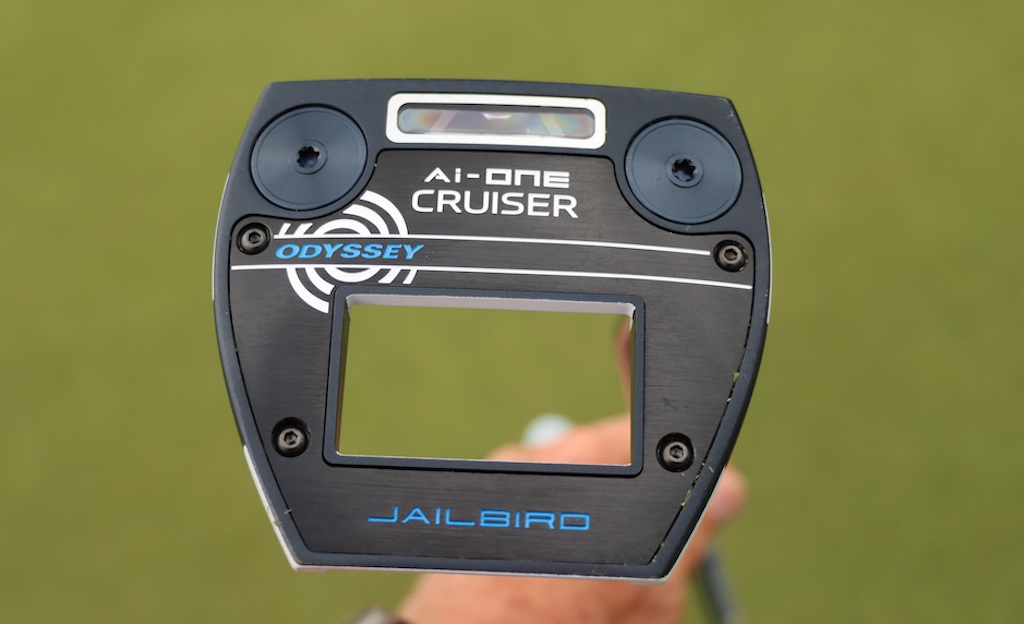
My caddie, David Cook, caddied for Akshay at the Houston Open and he putted beautifully. Then, I watched Akshay on TV at Valero, and he putted beautifully. And, I’m like, ‘I’m just going to try it.’
I’ve never tried it for more than a putt or two, and I just ordered what Akshay uses. It was pretty awkward at first, but the more I used it, the more I’m like, ‘Man, it’s pretty easy.’ And a buddy of mine who’s a rep out here, John Tyler Griffin, he helped me with some setup stuff. And he said at Hilton Head, he wasn’t putting well, then tried it, and now he makes everything. He was very confident. So I’m like, ‘Alright, I’ll try it.’”
And you’re going with it this week?
Hundred percent.
Alright, I love it. Thank you, I always love talking gear with you. Play well this week.
Thanks, man.
See Webb Simpson’s full WITB from the 2024 Wells Fargo Championship here
- LIKE26
- LEGIT3
- WOW1
- LOL2
- IDHT0
- FLOP0
- OB0
- SHANK2
-

 19th Hole3 weeks ago
19th Hole3 weeks agoJustin Thomas on the equipment choice of Scottie Scheffler that he thinks is ‘weird’
-

 19th Hole3 weeks ago
19th Hole3 weeks ago‘Absolutely crazy’ – Major champ lays into Patrick Cantlay over his decision on final hole of RBC Heritage
-

 19th Hole2 weeks ago
19th Hole2 weeks agoLET pro gives detailed financial breakdown of first week on tour…and the net result may shock you
-

 19th Hole3 days ago
19th Hole3 days agoReport: LIV star turns down PGA Championship invite due to ‘personal commitments’
-

 19th Hole1 week ago
19th Hole1 week agoGary Player claims this is what ‘completely ruined’ Tiger Woods’ career
-

 Whats in the Bag2 weeks ago
Whats in the Bag2 weeks agoTeam McIlowry (Rory McIlroy, Shane Lowry) winning WITBs: 2024 Zurich Classic
-

 Equipment1 week ago
Equipment1 week agoGolf fans left surprised by LIV’s choice of course for its 2024 individual championship event
-

 19th Hole1 week ago
19th Hole1 week agoLIV star splits with swing coach after working together for 14 years


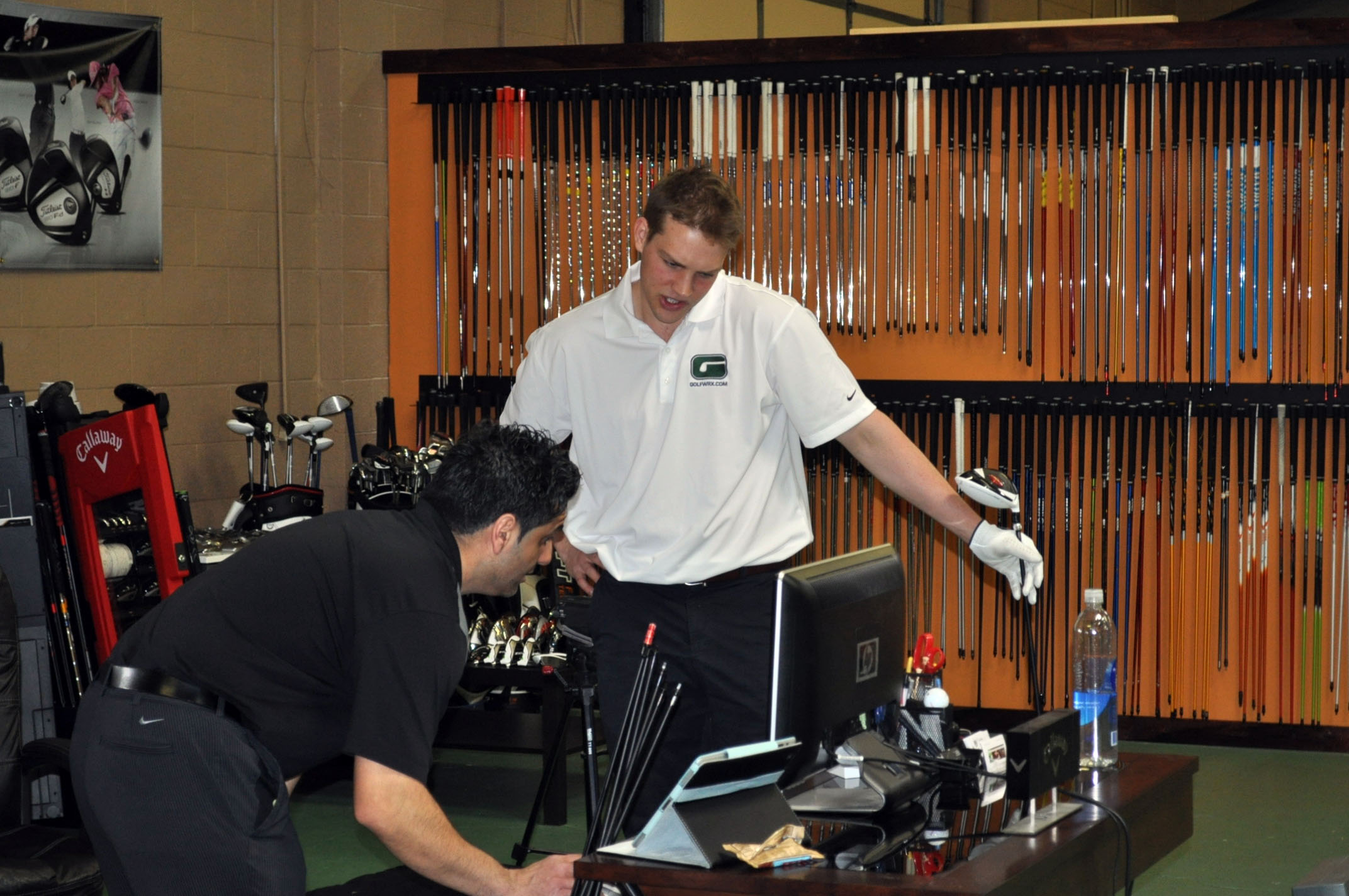
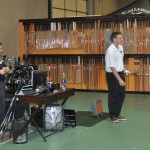
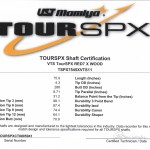
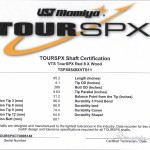
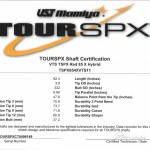

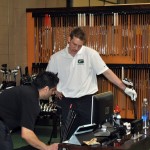
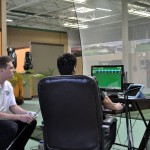

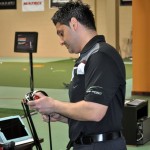
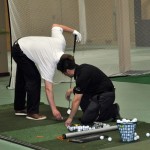
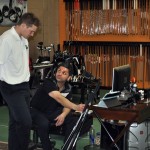
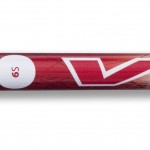
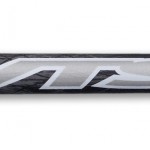










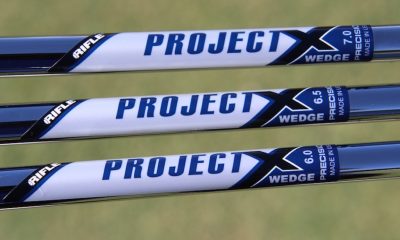

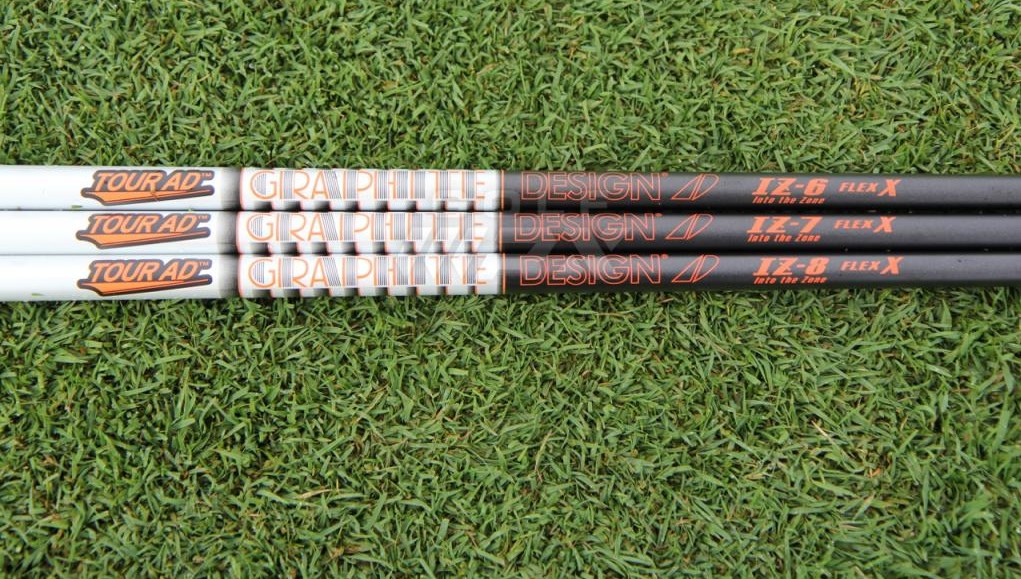
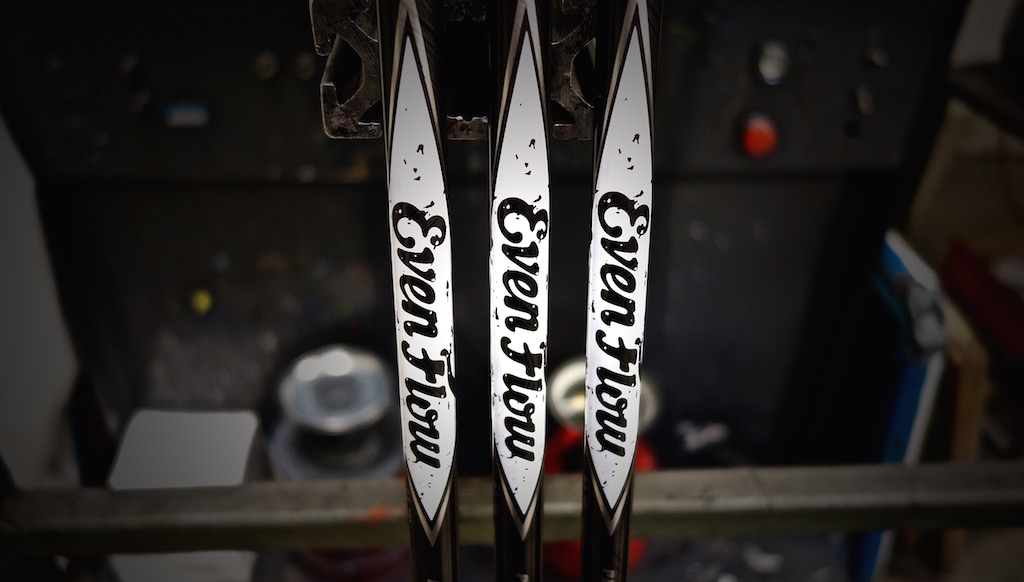
















Scott
Nov 13, 2013 at 4:24 pm
So your average drive went to 313 yards? That’s more than a tour pro. All this with only a swing speed of 113? I don’t think so.
T Shirt Factory ca
Jul 5, 2013 at 12:39 am
Hi there! I just wish to offer you a big thumbs up for the excellent info you’ve got here on this post. I’ll be returning to your site for more soon.
Adam
Jun 16, 2012 at 8:05 am
Awesome more people should get fit if your going to spend 400 on the driver spend the extra money and get the right shaft loft etc.
Andrew
Jun 5, 2012 at 4:47 pm
I just got some new gear from UST and think its amazing. I’m working with a set of prototype iron shafts and a prototype driver shaft that have added some much to my game. Think UST has really found something special to help players improve their game.
Wedger
Jun 5, 2012 at 4:03 pm
You did a great deal of homework here. I have a harrison shotmaker and I love this set for me. I hit it straughter and longer which has helped my game when I thought there was no help. I enjoy more now then any other time.
David30
Jun 4, 2012 at 10:55 pm
Bravo! Couldn’t agree with with you more, Zak. I had been playing an R5 with the stock hyperlite shaft. While functional, the shaft was a total mismatch for my swing. Went to see Damon Lucas, a DC area pro, and purchased an R11 with the Matrix Ozik HD7 shaft, really low torque. Improved my driving distance by 30 yards. Can honestly say my game went from functional to opportunistic.
D'Arcy
Jun 4, 2012 at 10:48 pm
Whoever is taking the action shots in the studio should use rear curtain sync on the camera. This will allow the flash to fire at the end of the exposure, and you get the trail of the ball and club looking like he’s swinging properly, not backwards in time like it looks here.
Ian
Jun 4, 2012 at 10:06 pm
Chris has done a lot of work on my clubs and it has always been first rate. We are lucky to have such a high quality shop in of all places…. Comerce Michigan!!